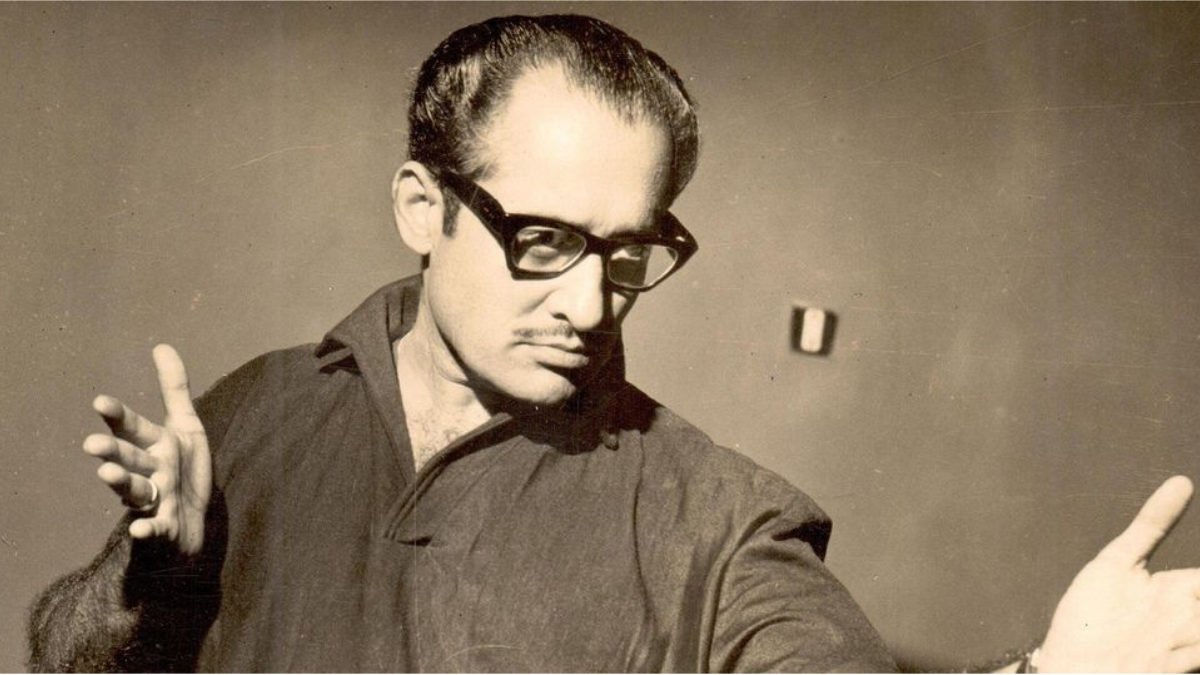Long before Bollywood discovered the concept of reinvention, one filmmaker’s vision transformed a struggling actor into the nation’s most electrifying star. That man was Nasir Hussain, and his discovery was none other than Shammi Kapoor.
On the occasion of Nasir Hussain’s birth anniversary (February 3), we revisit the fascinating story of how the man behind evergreen hits like Jab Pyar Kisise Hota Hai, Dil Deke Dekho, Teesri Manzil, Yaadon Ki Baaraat, Hum Kisise Kum Naheen, and Qayamat Se Qayamat Tak gave Shammi Kapoor a new identity — and in the process, redefined the image of the Hindi film hero.
Before turning to direction, Nasir Hussain was already a successful scriptwriter under veteran filmmaker A.R. Kardar at Filmistan Studios. His writing credits for hits like Munimji and Paying Guest (both starring Dev Anand) had made him a trusted name in the industry. So, when Filmistan’s S. Mukherjee offered him his first directorial venture, Tumsa Nahin Dekha (1957), Hussain naturally visualized Dev Anand as the leading man — urbane, stylish, and effortlessly romantic.
However, destiny had other plans. Producer Tolaram Jalan wanted to launch his daughter, Ameeta, in the lead role, while Dev Anand insisted on a top heroine to balance the project. With Anand stepping out, Hussain found himself in a creative dilemma: who could possibly match the charm and sophistication of Dev Anand in a romantic musical?
Hussain auditioned several actors, but none fit the bill. Then, almost by chance, his attention turned toward Shammi Kapoor — a talented but struggling actor who had yet to find his footing. Up to that point, Shammi had appeared in a series of uninspiring roles, his potential buried under conventional “serious hero” portrayals.
Despite producer S. Mukherjee’s hesitation, Hussain saw something in Shammi — a spark waiting to be unleashed. He called him in for a screen test and decided to give him a complete makeover. Gone was the moustache and traditional attire. In came a slick hairstyle, clean-shaven look, sharply tailored clothes, and a youthful, westernized energy that Hindi cinema had never seen before.
When Shammi reappeared after his transformation, Mukherjee himself was stunned. “Is this really Shammi Kapoor?” he reportedly exclaimed. Hussain’s instinct had paid off. With infectious energy and boyish charm, Shammi embodied the modern romantic hero Hussain had envisioned.
Released in 1957, Tumsa Nahin Dekha became a runaway hit, not just for its catchy O.P. Nayyar music and Hussain’s breezy storytelling, but for introducing a brand-new Shammi Kapoor — confident, spontaneous, and magnetic.
The film didn’t just revive Shammi’s career; it redefined him. What followed were a string of blockbusters — Dil Deke Dekho, Junglee, Professor, Kashmir Ki Kali, Teesri Manzil — and a new archetype in Indian cinema: the rebellious, fun-loving, musical hero.
Nasir Hussain’s keen eye for talent and his understanding of youth culture shaped an entire generation of filmmakers and stars. He not only launched Asha Parekh and mentored his nephew Aamir Khan but also left behind a distinct storytelling template that blended music, romance, and youthful energy in a way Bollywood still follows.
It all began, however, with one bold gamble — on a young actor named Shammi Kapoor.

